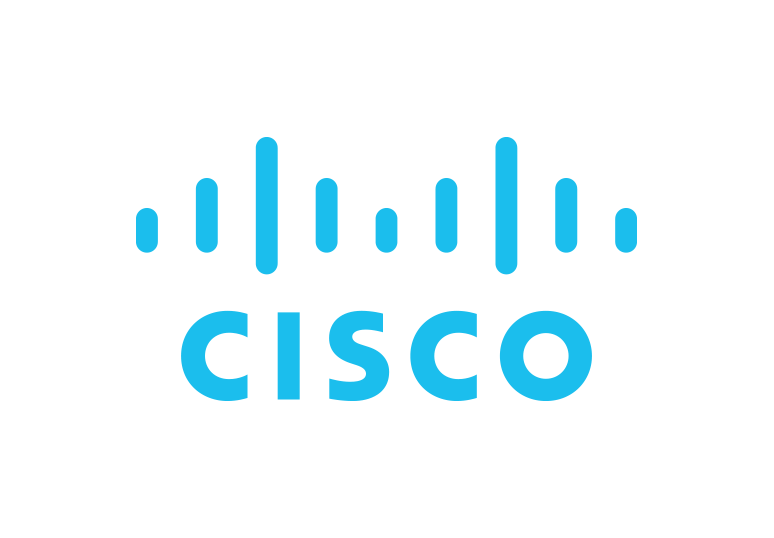
Overview
Cisco Smart Software Manager On-Prem (SSM On-Prem) is a solution designed for enterprises that require local control of their Cisco software licenses. It allows organizations to manage Smart Licensing entitlements for Cisco devices and software without requiring constant internet connectivity to Ciscos Smart Licensing cloud. SSM On-Prem operates as a virtual appliance deployed within the customers data center. It periodically synchronizes with Ciscos licensing cloud to ensure licenses are up-to-date and compliant or can be operated entirely offline in environments with no internet access. The solution provides detailed reporting, real-time visibility, and centralized management of licenses and devices, reducing the complexity of license administration. Key features include: Local management of licenses and entitlement data. High availability configuration for business continuity. Robust security through encrypted communication. Offline mode for isolated environments. Reporting and analytics tools for visibility into license usage and compliance. SSM On-Prem simplifies license management for Cisco hardware and software, ensuring organizations remain compliant while adhering to their security and operational requirements. Categories and Keywords: Categories: Licensing Management IT Asset Management Software Subscription Management Enterprise Network Management Keywords: Cisco Licensing Smart Software Manager SSM On-Prem License Compliance Offline Licensing Centralized License Management Usage Instructions: Usage Instructions and Documentation Links for SSM On-Prem 1. SSM On-Prem Installation Guide: Step 1: Launch the Primary Instance Open the EC2 Console and click Launch Instance. Choose AMI: Select the AMI . Instance Type: Choose an instance type (e.g., t2.micro). Configure Instance Details: Set the Number of Instances to 2. Assign the instance to an appropriate VPC and Subnet. Enable Public IP if required. Storage: Configure storage as needed. Add Tags: Add tags to identify this as the Primary instance. Configure Security Group: Allow necessary ports (e.g., 22 for SSH, 8443 for application access). Review and Launch: Launch the instance. Step 2: Launch the Standby Instance Follow the same steps as for the Primary instance, tagging it as Standby and placing it in the same VPC and subnet. Step 3: Allocate Elastic IPs Go to Elastic IPs in the EC2 Console, and allocate an Elastic IP for each instance. Associate the Elastic IPs with the Primary and Standby instances. 2. SSM On-Prem User Guide: This user guide details the features, system requirements, user roles, license management, and operational procedures for SSM On-Prem. It covers setup, login procedures, license administration, product instance registration, and integration with Cisco's cloud services. SSM On-Prem User Guide 3. SSM On-Prem Release Notes: These notes provide information about the features, upgrade procedures, support options, and known issues across various versions of SSM On-Prem. SSM On-Prem Release Notes 4. Cisco Smart Software Manager On-Prem Quick Start Guide: This quick start guide offers concise directions for deploying and installing SSM On-Prem. Quick Start Guide Main Document link: https://software.cisco.com/download/home/286285506/type/286326948/release/9-202412 Important 1) After launching the AMI and configuring the IP address, ensure that the Host Common Name (found under Admin Workspace > Security Widget > Certificates) matches your server's IP address or DNS hostname. Failure to do so may result in device registration failures and other critical issues. 2) Please change your default SSH administrator by executing the following command on the onprem-console - Disable_default_admin
Highlights
- Local management of licenses and entitlement data. High availability configuration for business continuity. Robust security through encrypted communication. Offline mode for isolated environments. Reporting and analytics tools for visibility into license usage and compliance. SSM On-Prem simplifies license management for Cisco hardware and software, ensuring organizations remain compliant while adhering to their security and operational requirements.
Details
Introducing multi-product solutions
You can now purchase comprehensive solutions tailored to use cases and industries.
Features and programs
Financing for AWS Marketplace purchases
Pricing
Vendor refund policy
NA
How can we make this page better?
Legal
Vendor terms and conditions
Content disclaimer
Delivery details
64-bit (x86) Amazon Machine Image (AMI)
Amazon Machine Image (AMI)
An AMI is a virtual image that provides the information required to launch an instance. Amazon EC2 (Elastic Compute Cloud) instances are virtual servers on which you can run your applications and workloads, offering varying combinations of CPU, memory, storage, and networking resources. You can launch as many instances from as many different AMIs as you need.
Version release notes
Smart Software Manager On-Prem helps in managing the assets on-premises that works in conjunction with Cisco Smart Software Manager (software.cisco.com). It enables customers to administer products and licenses on their premises, instead of having to directly connect Smart Licensed enabled product instances to Cisco Smart Software Manager hosted on cisco.com.
Additional details
Usage instructions
Usage Instructions and Documentation Links for SSM On-Prem
- SSM On-Prem Installation Guide: This guide provides comprehensive instructions for installing and configuring Cisco Smart Software Manager On-Prem (SSM On-Prem), including system requirements, installation steps, post-installation configuration, and troubleshooting.
- SSM On-Prem User Guide: This user guide details the features, system requirements, user roles, license management, and operational procedures for SSM On-Prem. It covers setup, login procedures, license administration, product instance registration, and integration with Cisco's cloud services.
Support
Vendor support
support URL:
AWS infrastructure support
AWS Support is a one-on-one, fast-response support channel that is staffed 24x7x365 with experienced and technical support engineers. The service helps customers of all sizes and technical abilities to successfully utilize the products and features provided by Amazon Web Services.
Similar products




